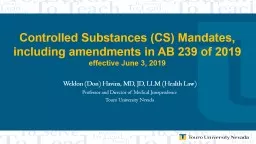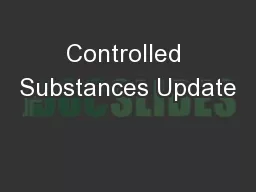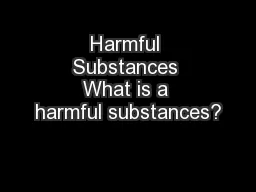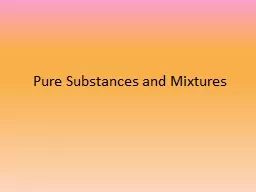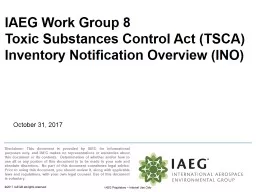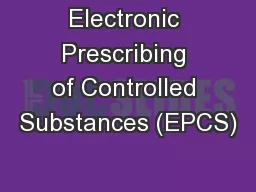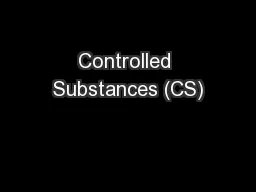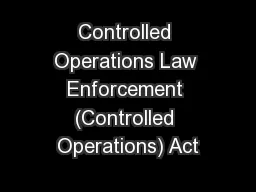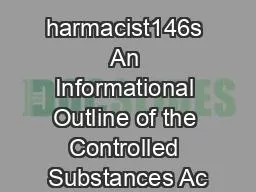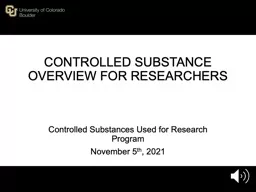PPT-Controlled Substances (CS)
Author : terrificycre | Published Date : 2020-08-06
Mandates including amendments in AB 239 of 2019 effective June 3 2019 Weldon Don Havins MD JD LLM Health Law Professor and Director of Medical Jurisprudence
Presentation Embed Code
Download Presentation
Download Presentation The PPT/PDF document "Controlled Substances (CS)" is the property of its rightful owner. Permission is granted to download and print the materials on this website for personal, non-commercial use only, and to display it on your personal computer provided you do not modify the materials and that you retain all copyright notices contained in the materials. By downloading content from our website, you accept the terms of this agreement.
Controlled Substances (CS): Transcript
Download Rules Of Document
"Controlled Substances (CS)"The content belongs to its owner. You may download and print it for personal use, without modification, and keep all copyright notices. By downloading, you agree to these terms.
Related Documents

